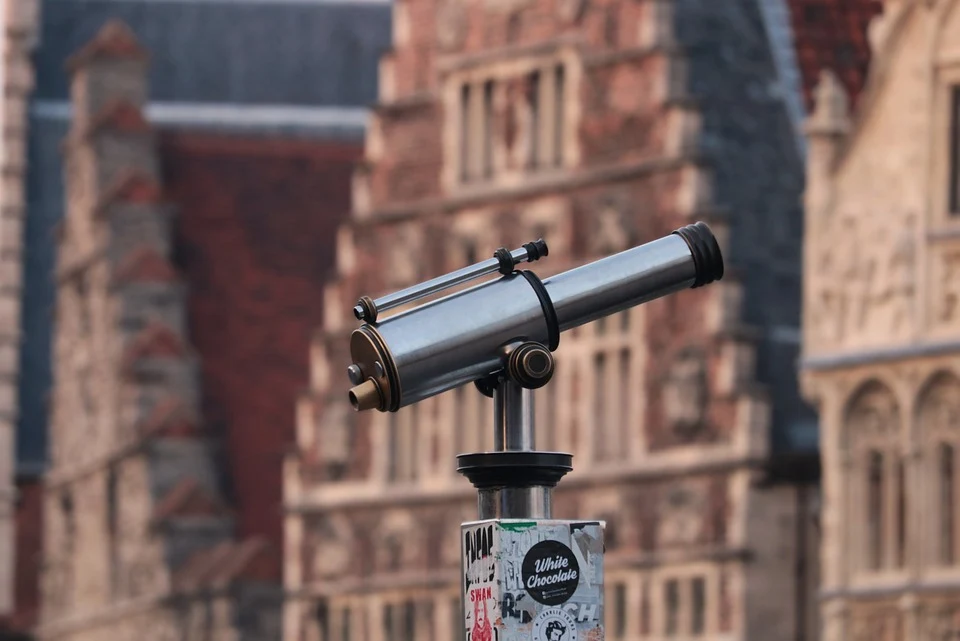Ad Code
Translate
Smart strategies for trading on crypto exchanges
October 20, 2025
Five Do’s For a Healthy Turnover That Bolsters Talent-Retention
October 20, 2025
Discover Honeybee Pharmacy (2025 Guide Important Consumer Tips)
October 14, 2025
What is Ozempic (semaglutide)? (Updated in 2025)
January 30, 2025
Posture Bra: Improving Back Support and Comfort
October 20, 2025
How To Find Suitable Properties In Cyprus?
October 20, 2025
10 Effective Strategies to Improve Domain Authority of Your Website
October 20, 2025
How to Find Planets with a Telescope
Khabza Mkhize
August 06, 2019
If you love nature, you'll find the universe very interesting to explore. The universe comprises of several elements, such as the sun, the meteors, and the planets, included, our very own mother earth. Thanks to the vastly improving technology, we can observe the sky from our backyards provided we have a telescope. You don’t have to spend more money buying a telescope since you can get cheap telescopes to see planets. Here are a few tips on how to observe the planets with a telescope.
Get a Quality Telescope
First and foremost, you'll need to get yourself a good telescope. Depending on whatever you will want to observe the telescopes come in different sizes, which have different magnification power. Smaller telescopes have limited magnification. Therefore, if you would want to observe the planets and the sky to a detailed perspective, then I would recommend a larger amateur telescope, one of four inches or more.Know How to Use the Telescope
Make sure to be conversant with the setting up of the telescope and how to handle the various attachments that come with it. After setting up the equipment, you can now embark on exploring the sky for planets. You can also use a star map to help you figure your way around the sky. Be sure to keep off the light pollution as this may alter the findings on the telescope.What Planet Are You Looking?
Be conversant with the planet you are looking for. Know its color, as each planet reflects the sun's light differently. Be familiar with the period the planet is known to appear – the apparition period. Get to know the time of the day in which it will be more visible.This is most important when the search for the planet is for research purposes rather than leisure, as it will help you point out the details in which to search for. Most planets will be easier to spot during the night since the rays of the sun are not present to blind the view. You can view some planets like Venus during the day.
Know Other Solar System Components
Next is to know the difference between the various components of the solar system. It is essential to distinguish the planets from the other heavenly bodies, so you do not get mixed up in the process. Planets radiate more light than the stars and therefore will appear brighter.They also do not twinkle like the stars. Instead of appearing like a sparkling dot in the sky, they are more likely to take on a disc shape. The telescope is quick to locate the lunar surfaces, and so you should be careful not to take the moon for a planet.
Final Words
You can first locate the planet(s) with your naked eye before employing the use of the telescope. You can then point the telescope at the identified planet and adjust it accordingly to get the best view. If your telescope comes with a guide program, look up the coordinates of the planet then point the telescope at the given coordinates to get more accurate results.CONCLUSION.
Now that you have some tips to guide you in finding the planets, you ought to have an easy and fun time exploring the sky. Having the right equipment and the correct information will help in improving your astronomical skills.Also read
Featured Post
DL Mining Launches Ethereum Contract Participation Service, Helping Users Earn $2K Stable Daily Returns
Zizo Gala-Mkhize-
October 20, 2025
Soapie Teasers
Sister Sites
Most Popular
List of 6,000+ Dofollow Commentluv Blogs FREE (Updated 2025)
January 16, 2025
Five Do’s For a Healthy Turnover That Bolsters Talent-Retention
October 20, 2025
How To Choose The Right Place For A Winter Campsite
March 06, 2023
Popular posts
List of 6,000+ Dofollow Commentluv Blogs FREE (Updated 2025)
January 16, 2025
Five Do’s For a Healthy Turnover That Bolsters Talent-Retention
October 20, 2025
How To Choose The Right Place For A Winter Campsite
March 06, 2023
Footer Menu Widget
Created By Blogspot Theme | Distributed By Gooyaabi Templates


Social Plugin